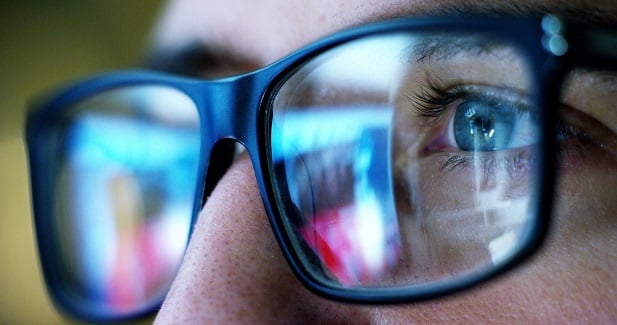The effort to make patients better health care shoppers by increasing their out-of-pocket costs seems to be working, according to actuaries at the Centers for Medicare and Medicaid Services (CMS).
A team of CMS actuaries and economists says moves to increase patients' out-of-pocket costs, or “give them more skin in the game,” appear to be working to hold down overall U.S. health care spending.
Gigi Cuckler and other analysts at the CMS Office of the Actuary talk about the effects of high-deductible plans on health care costs in their latest batch of national health expenditure projections.
“The share of covered workers who are enrolled in high-deductible plans was 28 percent in 2017, compared with just 5 percent in 2007,” the analysts write, in a paper published behind a paywall on the website of Health Affairs, an academic journal.
“Enrollment in high-deductible plans tends to constrain the use of health care goods and services, particularly when the initial enrollment shift occurs,” the analysts write.
Use of high-deductible plans probably contributed to a 0.9-percent-point-drop in hospital care spending growth and physician and clinical services spending growth in 2017, the analysts write.
But, because the percentage of people in high-deductible plans is likely to level off in the next few years, the effect of use of high-deductible plans on future increases in spending could level off around 2021, the analysts predict.
In the article, the analysts also give details about how they think the U.S. health care sector performed in 2017, and how it might perform from now through 2026.
2017
The analysts say the United States spent $3.5 trillion, or $18 percent of its $19 trillion in gross domestic product, on all kinds of health care and related goods and services in 2017.
Overall health care spending was 4.6 percent higher than in 2016. The rate of increase was up from 4.3 percent between 2015 and 2016.
Private health insurance accounted for $2.6 trillion of 2017 health care spending, up 5.6 percent in 2016.
Patients' out-of-pocket spending increased 4.6 percent, to $365 billion.
Total health care expending per person increased 3.6 percent. For 2016, the per-capita increase in health spending was 3.5 percent.
The net cost of health insurance, or the amount spent on administering health coverage and, for example, paying agent commissions, increased 8.1 percent, to $238 billion.
The net cost of health insurance increased so much partly because private insurers increased their premiums in 2017, due to problems with underpricing in 2016, the analysts write.
The future
The analysts expect national health expenditures to increase 5.3 percent this year, to $3.7 trillion, and they expect the country to spend $5.7 trillion on health care and related costs in 2026.
If the analysts' projections hold, health spending could account for 19.7 percent of gross domestic product in 2026.
The net cost of health insurance could rise 7.8 percent this year, to $256 billion, and it could rise to $409 billion in 2026.
© 2025 ALM Global, LLC, All Rights Reserved. Request academic re-use from www.copyright.com. All other uses, submit a request to asset-and-logo-licensing@alm.com. For more information visit Asset & Logo Licensing.







